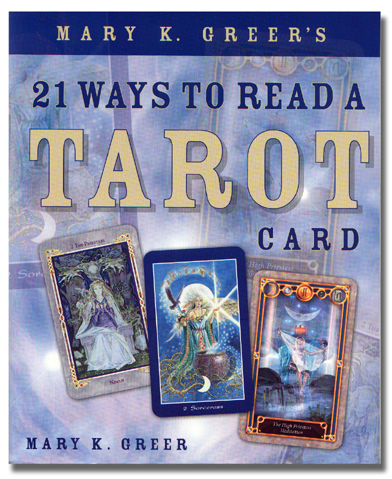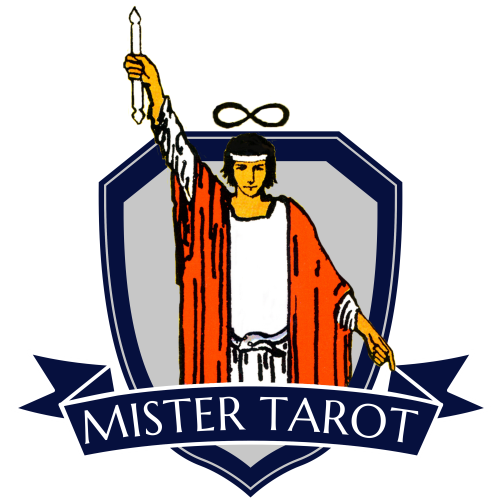If you are not good at Tarot reading by the time you’ve finished this book, then you should have chosen to learn a different form of divination. Because if you followed the steps involved in Mary K Greer’s hefty book (over 300 pages) and you still can’t tell a fool from a Fool, then you must have cheated yourself and the author by simply reading through 21 Ways to Read a Tarot Card, instead of treating it as a workbook.
 Within each of the 21 specified ways to read the Tarot, there are (on average) four activities that must be worked through in order to gain the best understanding of each card. If my maths is any good, that means there are 84 exercises to do, and if you did these with each of the 78 Tarot cards, you would have undertaken about 6,552 activities by the time that you had worked your way through the Tarot deck. If that didn’t make you an expert on Tarot, then you should give up straight away!
Within each of the 21 specified ways to read the Tarot, there are (on average) four activities that must be worked through in order to gain the best understanding of each card. If my maths is any good, that means there are 84 exercises to do, and if you did these with each of the 78 Tarot cards, you would have undertaken about 6,552 activities by the time that you had worked your way through the Tarot deck. If that didn’t make you an expert on Tarot, then you should give up straight away!
Mary calls her 21 methods a “bag of tricks for evoking deep awareness and personal wisdom,” and after 40 years in the Tarot business, I’m sure she knows a thing or two about the right techniques for getting the significance of a card’s meaning.
And as Mary explains in the preface, “By approaching a single card from many different perspectives, you learn things about both the card and yourself that you could not learn in any other way.” From this approach and from your personal interaction with each card, you’ll discover your personal Tarot reading style, and you will learn so much more than from simply reading someone else’s interpretations of the cards.
Even experienced readers can sometimes find themselves using only the traditional meanings for certain cards, so the big advantage that this book offers is that it stretches your awareness and unlocks new possibilities within a reading.
The exercises in this book can help the cards ‘come alive’ in your mind, and the characters in the images become multidimensional beings. Some of the learning techniques involve sketching the cards to find all the details that are sometimes overlooked, storytelling, and having dialogues with the characters in the cards.
The author has a very grounded approach to Tarot, as shown in the following statement, “It’s often assumed that the answers are in the cards and that we, as readers, should point them out. But whose answers? And what if there are no answers in the cards, only questions? My philosophy is that there are usually multiple responses to any question and that all the answers lie within the person seeking them.” I was also impressed with the section on Traps and Solutions, where Mary Greer has identified and overcome the ways in which Tarot readers sometimes get stuck in a reading.
This is the sort of book I wish had been available when I bought my first pack of Tarot cards.
